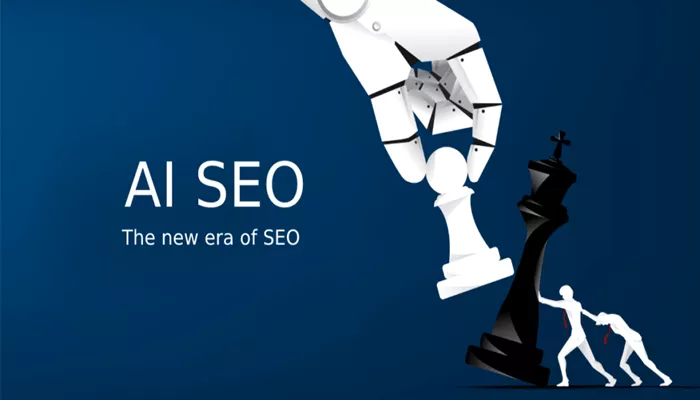Artificial intelligence and visual search technologies are fundamentally changing how users find information online, forcing marketers and SEO professionals to adopt new strategies. Tools such as ChatGPT and Google Lens have shifted the traditional search paradigm, reducing direct website traffic and introducing new challenges and opportunities for digital marketing.
For over two decades, SEO focused on keywords, backlinks, and content relevance. However, the rise of generative search engines powered by large language models (LLMs) is altering this approach. Instead of simply listing websites, these engines provide conversational answers, often eliminating the need for users to click through to source pages. As a result, approximately 60 percent of searches now result in zero-click outcomes, largely driven by AI-generated summaries and overviews.
Visual search, which allows users to query using images and videos rather than text, is gaining traction as well. While currently used regularly by about 10 percent of U.S. adults, Google Lens processes nearly 20 billion visual searches monthly. This shift highlights the growing importance of visual content in driving brand visibility and user engagement.
To succeed in this evolving environment, marketers must develop new SEO tactics that go beyond traditional methods. Creating multiple versions of visual assets and testing their performance in visual search results is essential. Additionally, varying content structure and citation methods can improve the likelihood of being referenced by generative search engines.
SEO tools must also evolve. Traditional tools that focus on page ranking are no longer sufficient. New tools need to analyze image quality, metadata, and video content to provide actionable insights for optimization. Understanding how different platforms handle visual content and tracking emerging search trends are critical capabilities for these tools.
The increasing demand for data is another significant factor. Unlike text, which is one-dimensional and highly compressed, images are complex two-dimensional data arrays requiring advanced processing and storage solutions. Efficient extraction and management of image metadata, alt text, and visual context are crucial for optimizing visual search performance.
In this transitional period, experimentation and adaptation are vital. Marketers who systematically test strategies and monitor changing user behaviors will be better positioned to leverage the full potential of AI-driven and visual search technologies.
Looking ahead, successful digital marketing campaigns will integrate data from traditional search, visual search, and generative search to provide relevant and useful content. Companies that invest in understanding this new SEO landscape and develop the necessary analytical capabilities will maintain a competitive advantage in the rapidly evolving digital marketplace.
Related Topics
- What SEO Does Professional Blogging and Linking Practice?
- Google SEO Company Recommendation: Join Hands with WEPR to Help Enterprises Embark on A New Journey of Digital Overseas Expansion
- New SEO Poisoning Campaign Targets IT Admins with Malware

